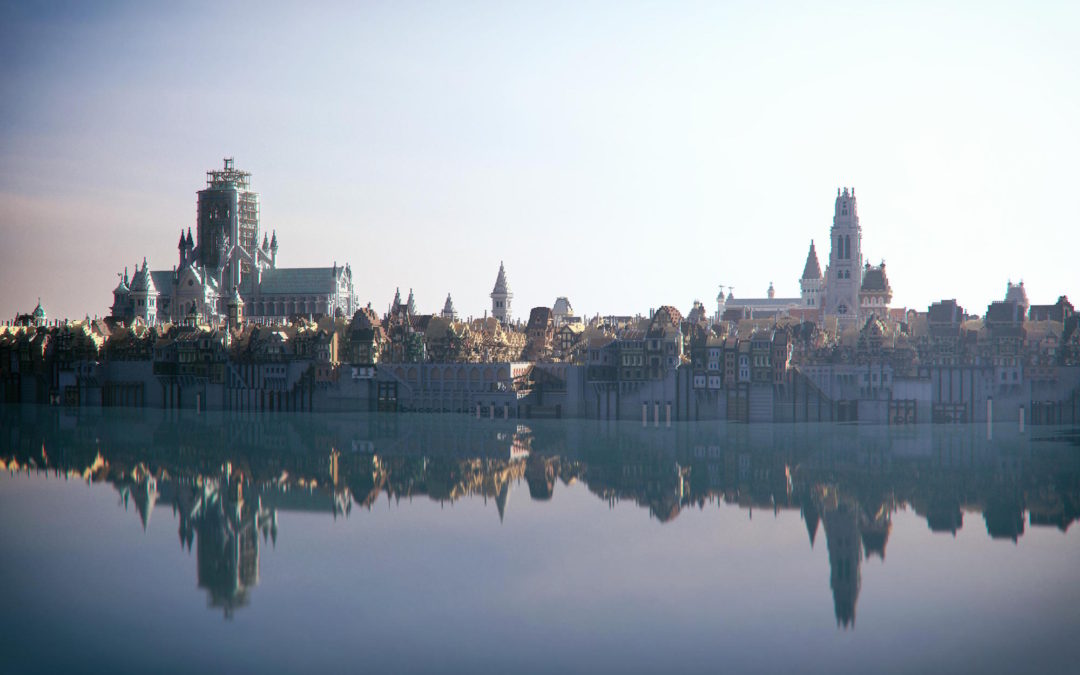
by Stone Marshall | Jul 27, 2016 | Minecraft News |
Minecraft and its ‘build what you want’ mentality has made it an effective tool in the classroom. The game, developed by Mojang and owned by Microsoft, has been used to teach art, geology and now history, thanks to a new project by the Museum of London. It’s called “Great Fire 1666” and will portray the historic blaze that swept across the city 350 years ago.
The tragic event will be portrayed through three different maps; the first, available for free on July 29th, will show the city as it stood before the fire, complete with iconic landmarks such as London Bridge and St Paul’s Cathedral. Audio clips will be scattered throughout the world, containing some explanations (the long, dry summer and the city’s wooden houses, for instance) for why the inferno spread so quickly. The second, to be released in September, will put you in the middle of the crisis and include basic mini-games about saving residents and fighting the flames. You’ll also be able to make “crucial decisions” by talking to historical figures.
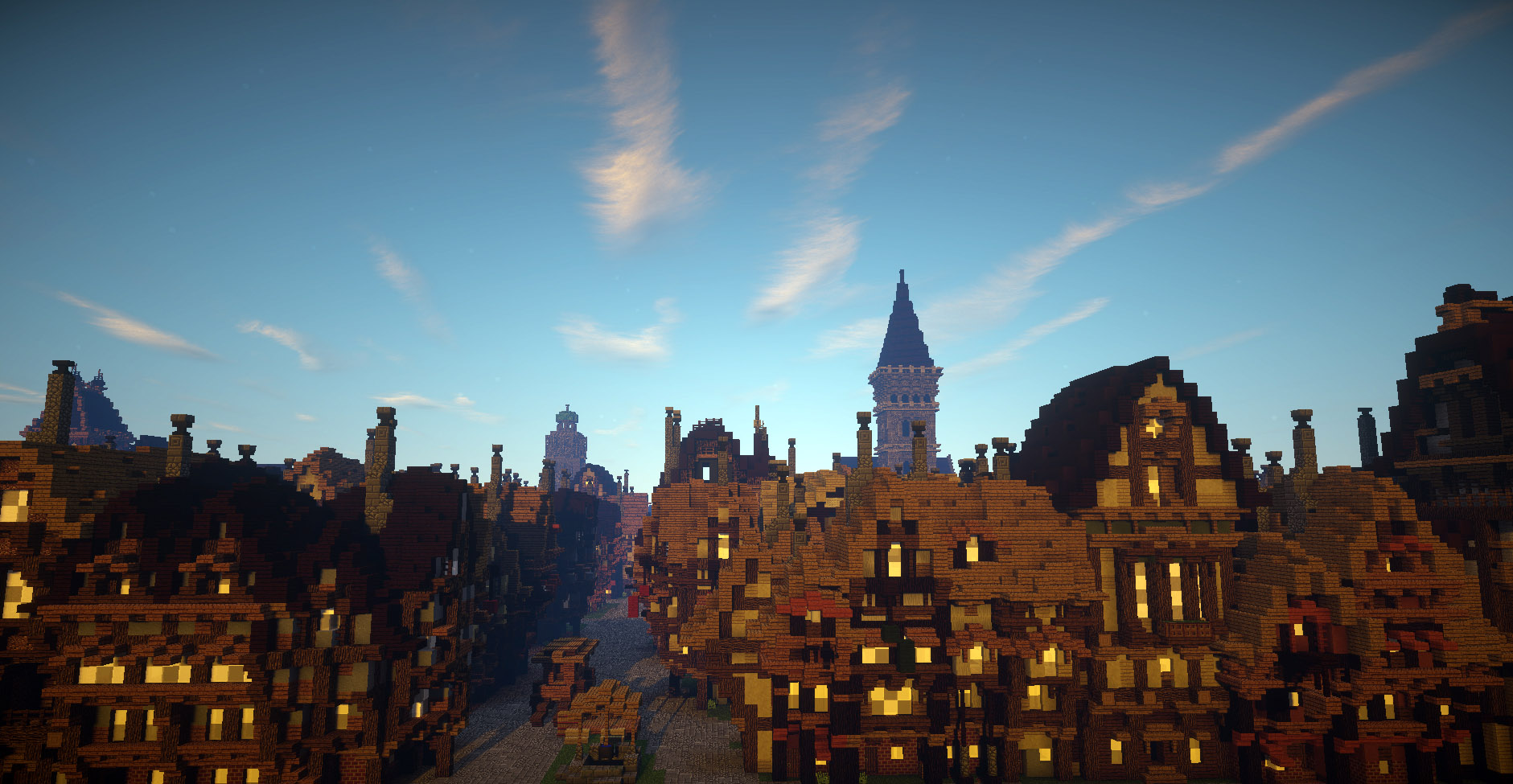
The third, set for February next year, will allow players to rebuild London using the architectural plans drawn up by Christopher Wren, John Evelyn and others. Playing all three should, the museum hopes, create an experience that’s both unique and informative. The “Great Fire of London” is a popular classroom topic in Britain, so the maps should make for a refreshing departure from musty textbooks and TV documentaries.
The unique Minecraft worlds are being put together by Adam Clarke, a Minecraft artist and digital producer, Blockworks, a professional Minecraft map building team in the UK, and “Dragnoz,” a YouTuber and world creator deeply involved with the Minecraft community. A teaser video has been released showing off the group’s interpretation of London, and it’s quite a sight; the scale and detail means it’s easy to envision the city in the 17th Century, even if everything is made from rudimentary blocks.
Museum uses ‘Minecraft’ to visualise the Great Fire of London
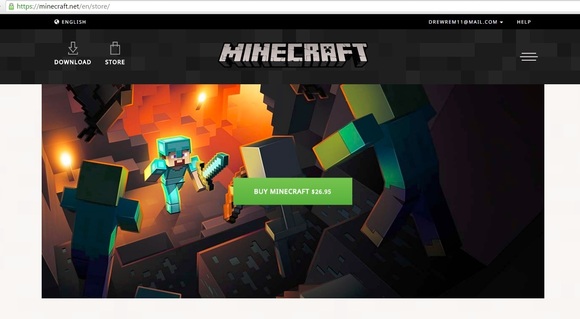
by Stone Marshall | Jul 27, 2016 | Minecraft News |
Now available in Europe and Japan, with a North American release likely happening later today, Minecraft update 1.31 for PlayStation 4, PlayStation 3, and PlayStation Vita adds support for the latest DLC, fixes Battle Mini Game issues, and fixes other issues with the game.
Here’s the full list of patch notes for today’s new update:
- Added Battle Map Pack 2 (Atlantis, Ruin and Siege).
- Added the Redstone Specialists Skin Pack.
- Made changes to some item textures in the City Texture Pack, Fantasy Texture Pack and Greek Mythology Mash-up Pack, so that they are more easily identifiable in Battle mini games.
- Battle Mini Game: Fix to display player names above crouching players when in Showdown mode in a Battle mini game.
- Battle Mini Game: Fix to allow thrown potions to go through non-solid blocks (e.g. Vines, Tall Grass).
- Battle Mini Game: Fix to stop non-solid blocks obstructing player attacks.
- Battle Mini Game: Fixed a couple of holes in the Cove Battle mini game map.
- Battle Mini Game: Fix to remove all Mob heads from the player’s inventory, except any that are currently being worn, when transitioning from the Lobby to a Battle mini game map.
- Battle Mini Game: Fix to automatically replace Mob heads in the armour slot, when a Helmet is collected in a Battle mini game.
- Battle Mini Game: Disabled “Take Everything” in the Lobby.
- Battle Mini Game: Added Select All / Deselect All tooltip(s) to the Select Maps menu.
- Fix for an issue with hills generation.
- Fix for an issue causing some Blazes to not perform their attacks after becoming aggressive towards the player.
- Fix to allow renamed items to be traded with a Villager.
- Fixed a duplication bug.
- Fix to remove the redundant option for creating White Wool within the crafting menu using 1x White Wool to create.
- Fix for an issue where a Pig struck by a lightning turns into a Zombie Pigman without a Golden Sword.
- Fix for an incorrect death message when the player is killed by lightning.
- Fix for some issues with trophies (including Passing The Time trophy).
The latest update is also available for Xbox One and Xbox 360, with a Wii U release happening later this week.
Looking at the new DLC, Battle Map Pack 2 for the Battle Mini Game includes the three maps – Atlantis, Ruin, and Siege – and is priced at $2.99 USD, “and comes with guaranteed good times.”
The Redstone Specialists skin pack is also priced at $2.99 USD. “As always, everyone gets a few of these skins for free,” Mojang adds.
Minecraft Update 1.31 Today for PS4, PS3 & PS Vita Adds DLC Support and Fixes Issues
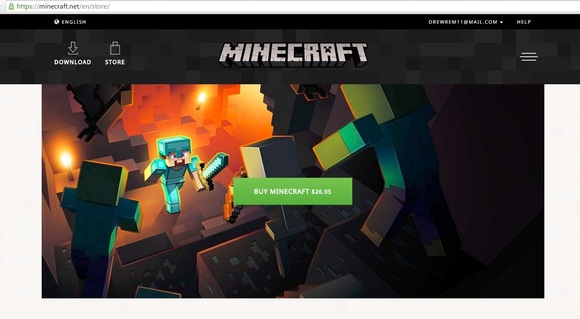
by Stone Marshall | Jul 26, 2016 | Minecraft News |
The same hacking group that took over Mark Zuckerberg’s Twitter account has now found a way to break into accounts connected to the hit game Minecraft.
The group, OurMine, made the claim on Tuesday in a video demonstrating its hack. The attack is aimed at the user login page run by Minecraft’s developer, Mojang.
OurMine isn’t revealing all the details behind the hack. The group said it works by stealing the Internet cookies from the site, which can be used to hijack any account. All that OurMine needs is the victim’s email address.
To test the hack, IDG News Service created a user account on Mojang, emailed OurMine and asked the group to break into it, which the group did. To show proof, the group renamed the user profile to “OurMine Team.”
The hack could allow the group to change the account’s password, too, OurMine claimed. But the hacking team says it has no malicious purpose in exposing the vulnerability.
“We found this exploit because we don’t want other hackers to know it,” the group said.
Mojang hasn’t responded to a request for comment.
The hack specifically targets the user account system that customers rely on to access the PC and Mac versions of the game. OurMine said it will reveal the entire hack to Mojang once the developer contacts the group.
The hackers have offered little information about themselves, but they’ve become best known for taking over the social media accounts of high-profile tech executives, including Zuckerberg and Google CEO Sundar Pichai.
In emails, the group has said it merely wants to help the public become aware of today’s cybersecurity problems, including the use of weak passwords.
The group’s recent hack of Mojang highlights the vulnerabilities with Internet cookies, which can store information like site preferences or user account credentials for site authentication.
If those are stolen, a hacker can use the cookies to impersonate the victim’s online identities. Security flaws found in browsers and credit-card sites in the past could expose cookies to easy theft.
Some security flaws found in the past in browsers and credit card sites also have made it easy to steal cookies.
In OurMine’s case, the hackers somehow cloned Mojang’s user account site as a way to extract the stolen cookies. OurMine says on its website that it sells services where it will examine a user’s Internet accounts and websites for weaknesses.
OurMine is now hacking into Minecraft accounts
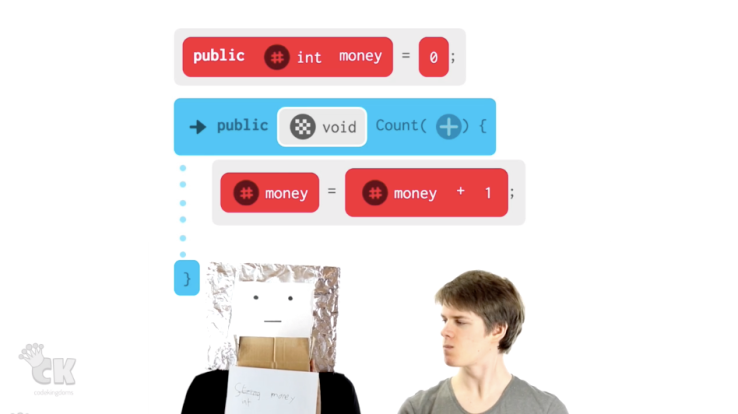
by Stone Marshall | Jul 26, 2016 | Minecraft News |
The learn to code space is packed with ideas. But when it comes to what children want to do online, towering over everything else is the build-it-yourself Microsoft-owned Minecraft platform. All lesser virtual, creative playgrounds are doomed to be overshadowed by this pixellated silhouette.
Minecraft is clearly great fun for kids, but less great if you’re a startup trying to build your own learn-to-code gaming environment… But, as the saying goes, if you can’t beat them, join them. So that’s exactly what London-based Code Kingdoms has been doing.
The startup launched its own learn-to-code game out of beta back in April 2015. And while it’s still working on that platform, it’s also since shifted efforts to focus on serving the Minecraft modding community with a subscription service to help kids learn JavaScript.
It’s also placing its eggs in the BBC micro:bit basket — aka the programmable single board computer gifted to one million UK schoolkids by public service broadcaster the BBC earlier this year.
At this point Code Kingdoms estimates some 4,900 UK schools are using its micro:bit software, and a further 30 are using its software for Minecraft modding. While the original Code Kingdoms game is being used by around 1,200 schools.
“Making an entertaining game alongside offering an intensive coding environment for kids and making strong video content was/is a real challenge,” admits co-founder and CEO Ross Targett. “Now we focus on teaching kids to design and code things using existing IP i.e. Minecraft, micro:bit, rather than making our own from scratch. It has made the business easier to manage and allowed us to focus on our strengths.”
Targett says the startup sees its core strength as being its educational content along with the code editor it’s designed to get kids writing code. This JavaScript teaching platform targets the six- to 13-year-old age-range.
“We place great emphasis on educational value and this is what we’re good at,” he adds.
Code Kingdoms closed a $1.4 million seed round at the end of 2015, led by Initial Capital and Blenheim Chalcot — which it’s only just announcing now, having been focused on stealthy product dev, according to Targett.
It had previously raised around $410,000 in pre-seed funding, including from U.S.-based seed fund SparkLabs Global Ventures. As part of the most recent funding round Initial partner Tarek Abuzayyad has joined its board.
The seed is primarily for growing the team and focusing on “product/market fit within our current model”, says Targett.
Code Kingdom’s newest product — CK for Modding — is a Minecraft-popularity-piggybacking subscription service that teaches Java through interactive videos and its online code editor. Pricing is £9.99 ($14.99) a month, for which kids get access to 40+ hours of coding course materials, a fully customisable Minecraft server and access to the web based code editor.
“We’re already close to achieving [product/market fit] and thus the focus has shifted into expanding into new regions, offering B2B services to expand revenue and soon offer a wider product range,” adds Targett.
Despite its London base and an initial focus on UK schools, Targett says the majority of Code Kingdom’s business is outside the UK, with the US and Canada being its biggest markets — so it’s planning a rapid expansion of its direct to consumer subscription modding product there.
For its b2b camps product, Targett says it’s been seeing “significantly more traction” in Asia, including in Malaysia, Singapore and Hong Kong.
“Our assumptions are on these economies are investing heavily both financially and culturally into STEM subjects and particularly Computer Science in order to transition their economies as modern and highly productive service exporters. This coupled with a highly competitive generation amongst parents when it comes to education has meant the opportunity is both highly lucrative and growing,” he adds.
Learn-to-code startup CK targets the Minecraft modding craze
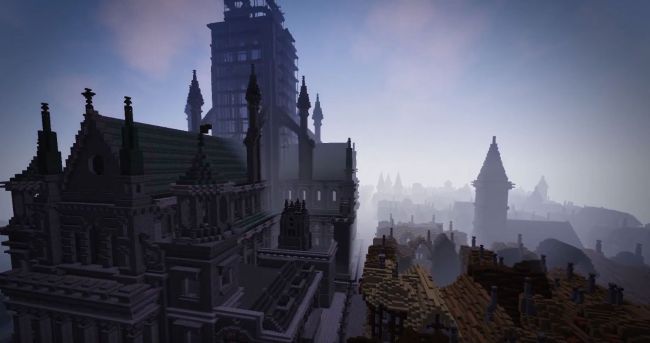
by Stone Marshall | Jul 25, 2016 | Minecraft News |
Videogames are no stranger to classrooms, however few games have made such an impact as Minecraft. There’s the qCraft mod that teaches players quantum physics, and the time Denmark was recreated to scale (before beingsubsequently levelled), and don’t forget MinecraftEdu and its official Microsoft-bought successor Minecraft: Education Edition.
The latest initiative, coming courtesy of the Museum of London, is a reinterpretation of the Great Fire of 1666 that lets players wander through the streets of 17th century London, chat to local civilians, combat the fire itself and latterly rebuild their own conceptualisations of the English capital. Three interactive maps will be made available for free from July 29, all of which will look something like this:
Map one, launching next week, features London Bridge, Pudding Lane, and the old Saint Paul’s Cathedral. A treasure hunt is designed to encourage exploration and will also give players the chance to uncover audio clips relevant to the events that led to the blaze.
To mark the disaster’s 350th anniversary, the second phase will arrive in September and will guide players through the start and spread of the Great Fire; while the third and final instalment is due to launch in February of next year—which is when players can set about rebuilding their own visions of the city.
“Minecraft is an incredible game that captivates and inspires users of all ages around the world,” says project lead Joshua Blair in a statement. “Its reach and versatility offers museums a fantastic platform to share our knowledge and collections, and create engaging experiences.”
Grab the first Great Fire 1666 Minecraft map when it becomes available next week, July 29, via the Museum of London website.
Minecraft recreates the Great Fire of London





